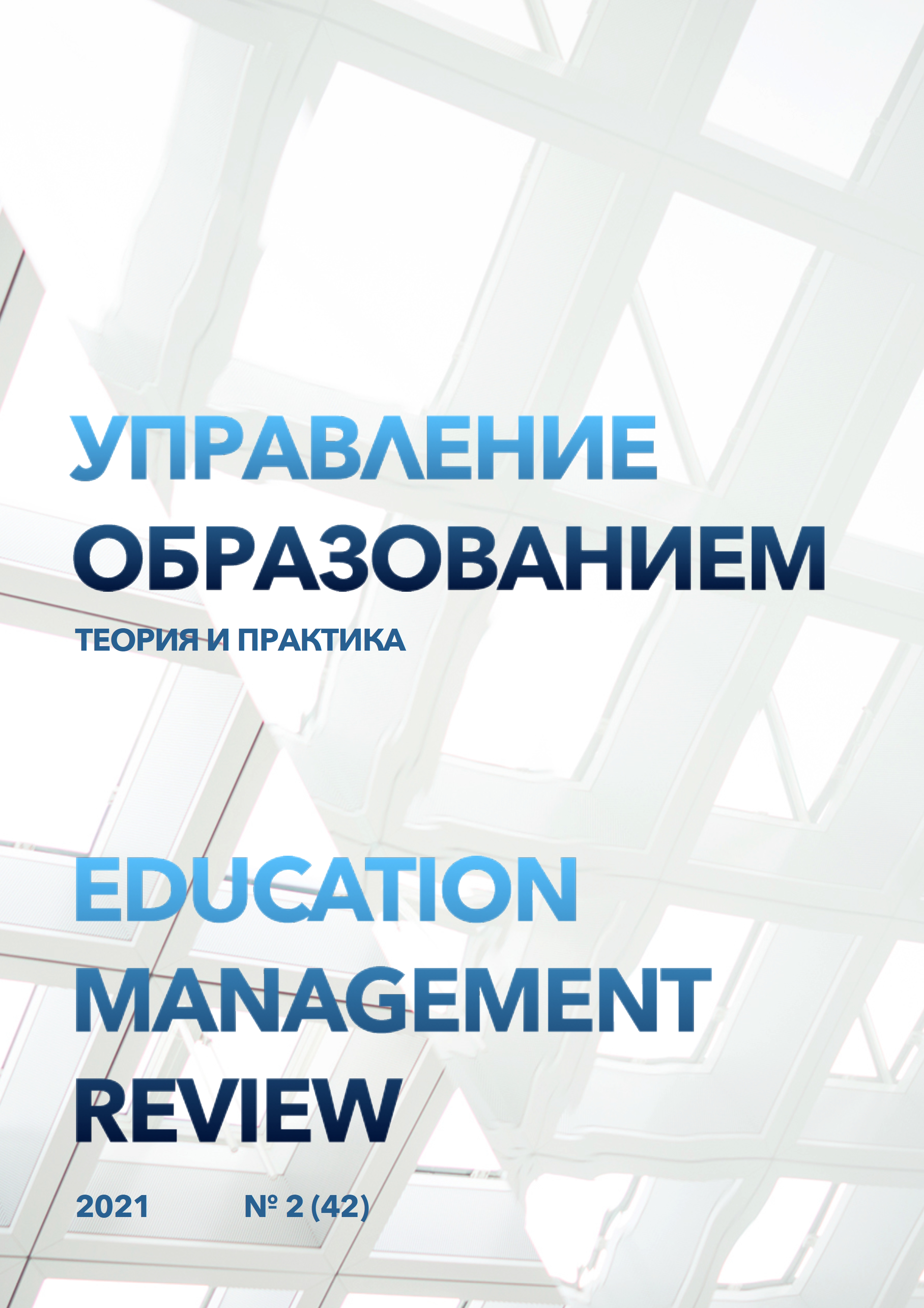Problems and prospects of professionally oriented teaching of the Russian language in the modern educational space
DOI:
https://doi.org/10.25726/h4758-3179-3593-bKeywords:
Mobility, teacher, Russian language, formation, development.Abstract
The relevance of the research is determined by the fact that the professional activity of a Russian language teacher involves communication, presentation of educational material, solving communicative tasks, which requires proficiency in professionally oriented communication skills, the potential of didactic discourse, and the ability to solve communicative tasks in situations of professional communication. As a result, for the use of pedagogical competence, the teacher uses metacultural methods of studying the discipline. Russian Russian language is a new field of study.The novelty of the study is determined by the fact that the readiness for independent professional activity implies fluency in foreign language discourses, the ability to manage them, the implementation of the interlanguage function of the Russian language in the professional direction, the formation of future teachers of the Russian language and practical skills of oral speech, reading and writing, the ability to apply these skills to solve communicative tasks. The authors show that the possibility of using these competencies in the future will allow the specialist to choose the country and the environment for the implementation of professional activities without paying attention to the cultural characteristics of the country or company, taking into account corporate characteristics. The practical significance of the study is determined by the possibility of using the knowledge gained by a specialist to work not only in the industry in the domestic market, but also in other labor markets.
References
Вороничев О.Е. Лично-притяжательные местоимения его, ее, их: комментарий к морфологическому разбору // Русский язык в школе.. 2006. № 5. С. 19-23.
Зализняк А.А. Русское именное словообразование. М., 1967.
Карпов А.К. Современный русский язык: Словообразование. Морфология. М.: Гуманит. Изд. Центр ВЛАДОС, 2002. 192с.
Краткая русская грамматика. М.: Рус. яз.,1989. 639 с.
Моисеев А.И. Русский язык: Фонетика. Морфология. Орфография. Пособие для учителей. М.: Просвещение, 1980. 255 с.
Чеснокова Л.Д. Трудные случаи морфологического разбора. М.: Высш. шк., 1991. 192 с.
Щерба, Л.В. О служебном и самостоятельном значении грамматики как учебного предмета / Л.В. Щерба // Избранные работы по русскому языку. М.: Учпедгиз, 1957. 188 с.
Щерба Л.В. Языковая система и речевая деятельность: Сборник работ / Ред. Л. Р. Зиндер, М. И. Матусевич; АН СССР. Отд-ние литературы и языка. Комис. по истории филол. наук. Ленинград: Наука. Ленингр. отд-ние, 1974. 427 с.
Boon, H. J. (2011). School moves, coping, and achievement: Models of possible interactions. Journal of Educational Research, 104(1), 54–70.
Brimm, J., & Achilles, C. M. (1976). The reverse transfer student: A growing factor in higher education. Research in Higher Education, 4(4), 355–360.
Destin, M., Rheinschmidt-Same, M., & Richeson, J. A. (2019). Implications of intersecting socioeconomic and racial-ethnic identities for academic achievement and well-being. Advances in Child Development and Behavior, 57, 149–167.
Fantuzzo, J. W., LeBoeuf, W. A., Chen, C.-C., Rouse, H. L., & Culhane, D. P. (2012). The Unique and Combined Effects of Homelessness and School Mobility on the Educational Outcomes of Young Children. Educational Researcher, 41(9), 393–402.
Han, X., Stocking, G., Gebbie, M. A., & Appelbaum, R. P. (2015). Will they stay or will they go? International graduate students and their decisions to stay or leave the U.S. upon graduation. PLoS ONE, 10(3).
Highman, L. (2019). The distribution of EU students and staff at UK universities: patterns and trends. Tertiary Education and Management, 25(4), 311–326.
Kam, J. A., & Merolla, A. J. (2018). Hope communication as a predictor of documented and undocumented Latina/o high school students’ college intentions across an academic year. Communication Monographs, 85(3), 399–422.
Kubiak, N. T., Guidot, D. M., Trimm, R. F., Kamen, D. L., & Roman, J. (2012). Recruitment and retention in academic medicine-what junior faculty and trainees want department chairs to know. American Journal of the Medical Sciences, 344(1), 24–27.
Mitchell, M. M., Bradshaw, C. P., & Leaf, P. J. (2010). Student and Teacher Perceptions of School Climate: A Multilevel Exploration of Patterns of Discrepancy. Journal of School Health, 80(6), 271–279.
Nivet, M. A., Taylor, V. S., Butts, G. C., Strelnick, A. H., Herbert-Carter, J., Fry-Johnson, Y. W., … Kondwani, K. (2008). Diversity in academic medicine no. 1: Case for minority faculty development today. Mount Sinai Journal of Medicine, 75(6), 491–498.
Rezek, I., McDonald, R. J., & Kallmes, D. F. (2012). Pre-residency Publication Rate Strongly Predicts Future Academic Radiology Potential. Academic Radiology, 19(5), 632–634.
Saltmarsh, S., & Swirski, T. (2010). “Pawns and prawns”: International academics’ observations on their transition to working in an Australian university. Journal of Higher Education Policy and Management, 32(3), 291–301.




